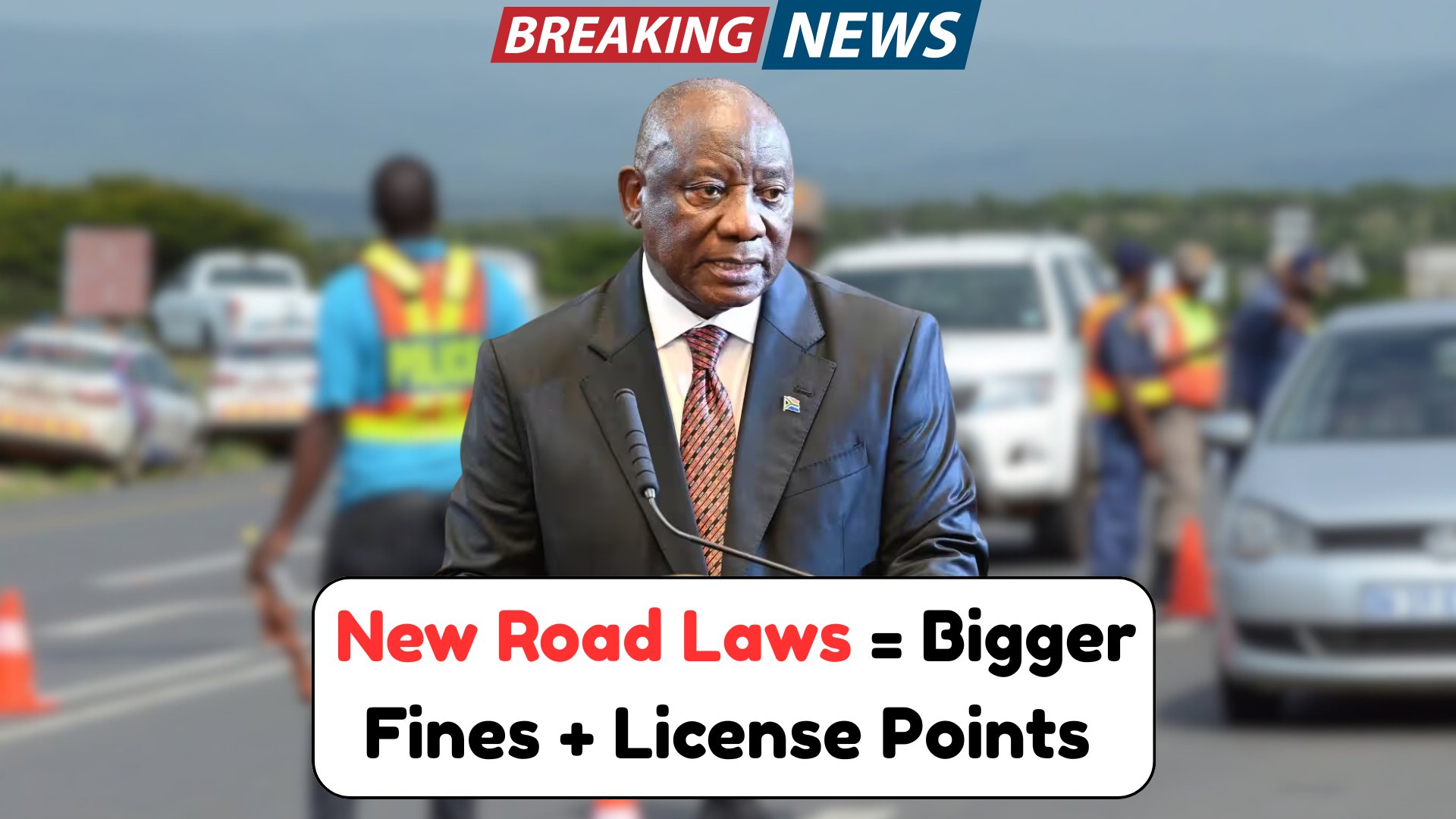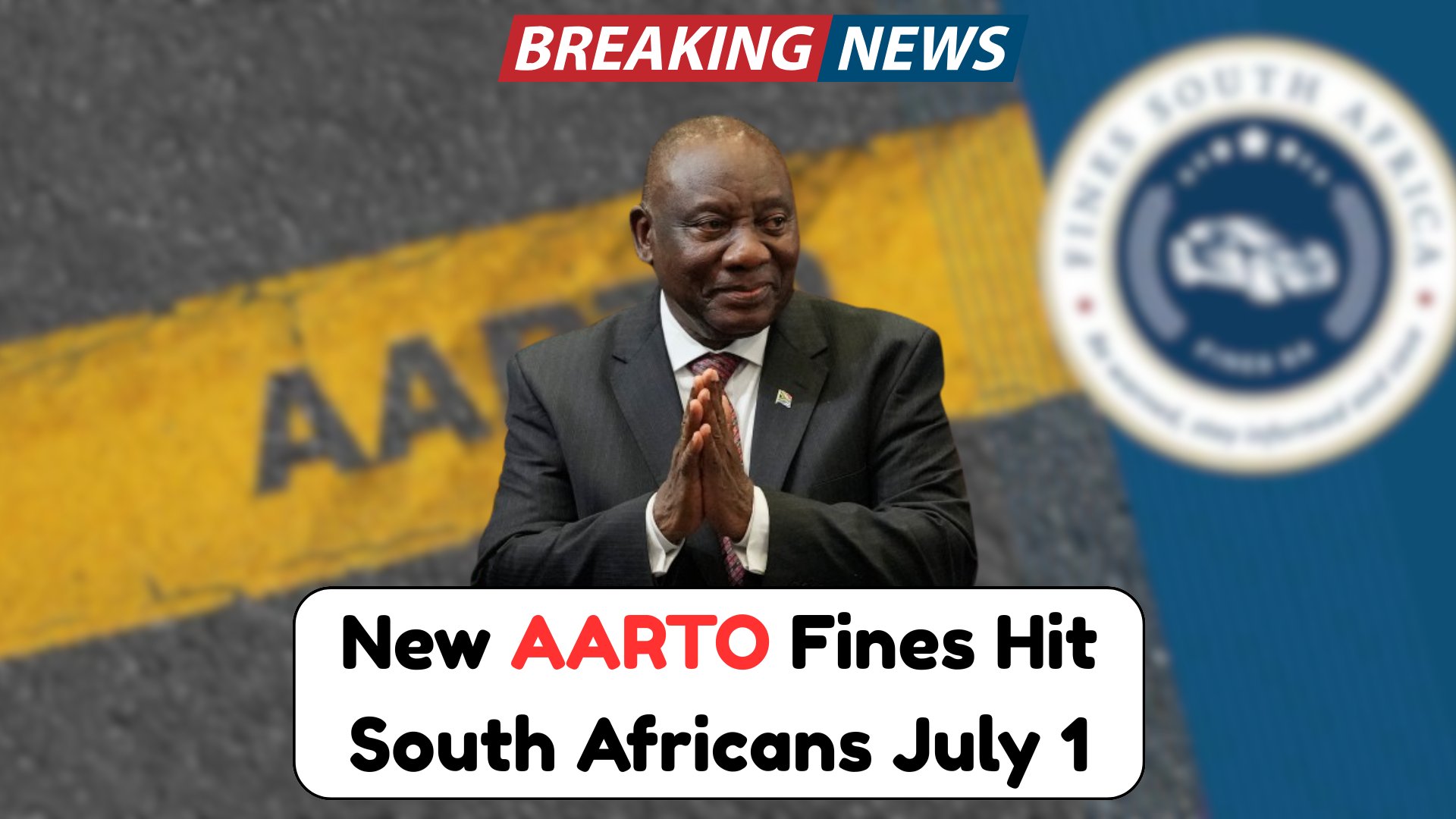R1,000 Seniors Bonus Coming in July 2025? Massive Relief Payment June Be Heading to SA Pensioners
SA Pensioners Relief Payment – The South African government may be gearing up to offer much-needed financial support to elderly citizens through a R1,000 Seniors Bonus, potentially launching in July 2025. As millions of pensioners face mounting living costs, this relief payment could offer timely support. While official confirmation is pending, several reports and internal … Read more










